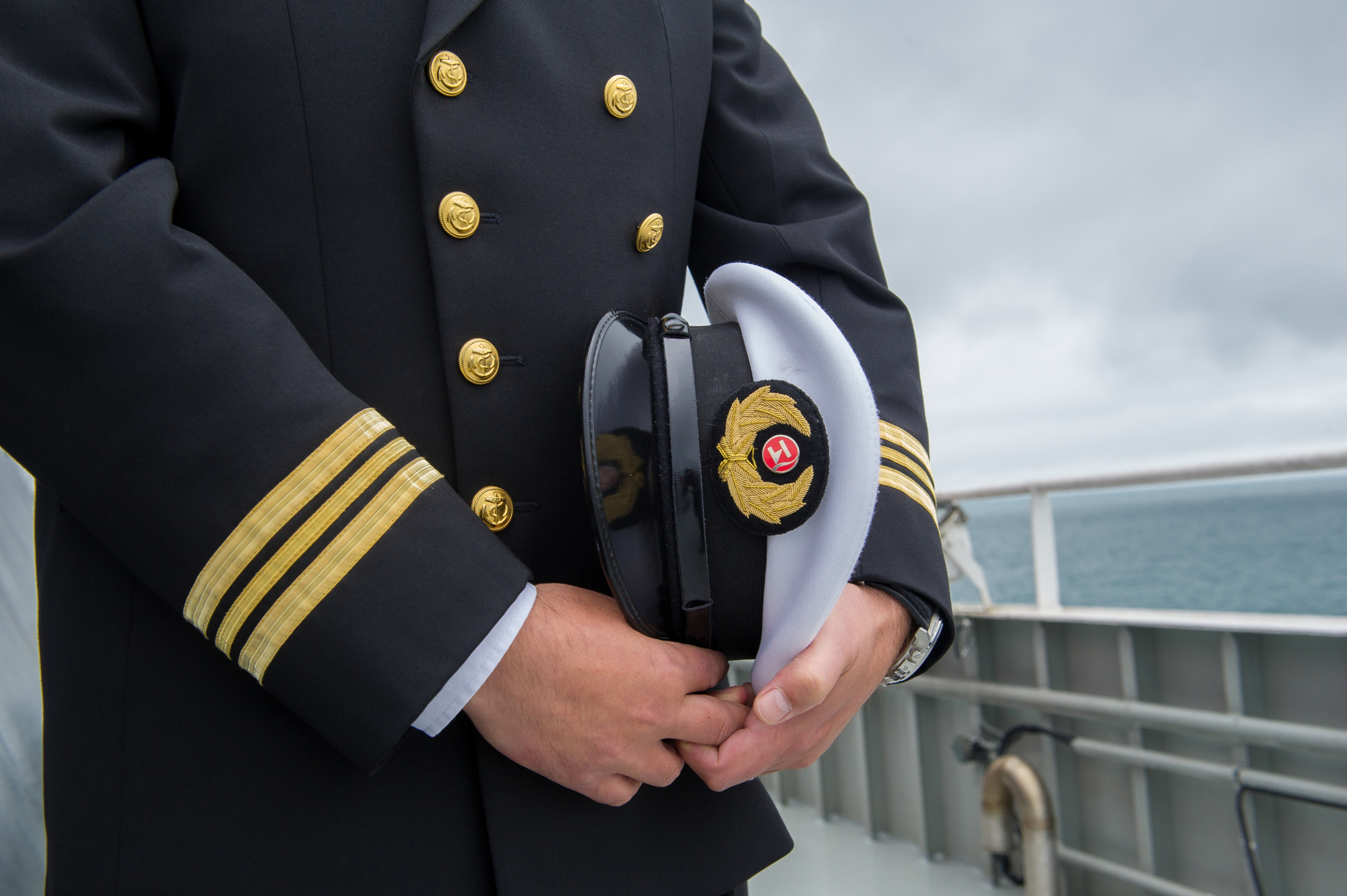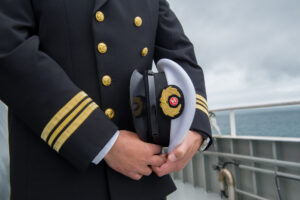
The Captain Cannot Do This And The Good Ones Won’t Even Try
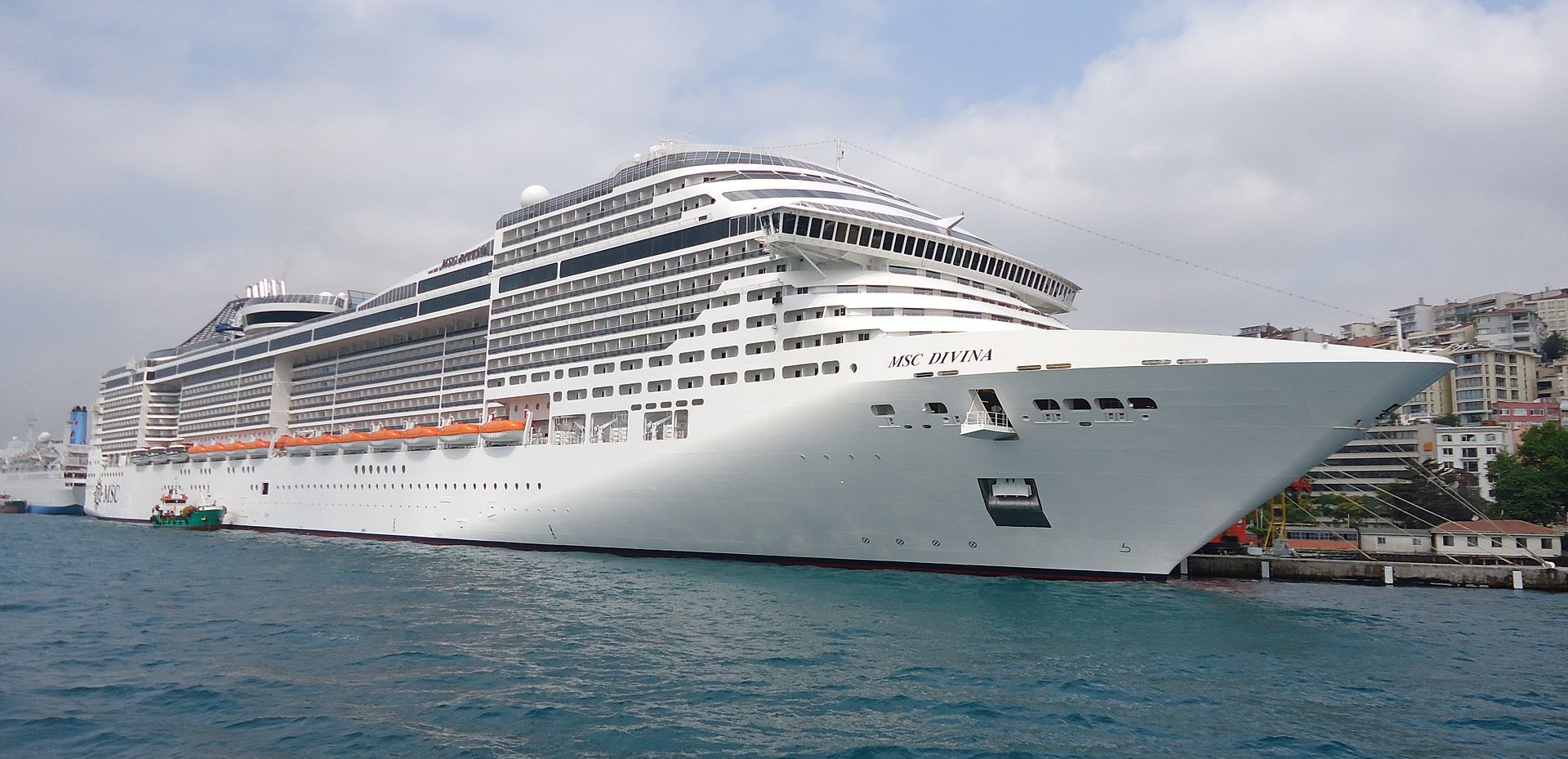
The cruise ship MSC Divina
The MSC Davina is 333 m (1,092.52 ft) long and carries up to 3,502 passengers with a crew complement of 1,388. She has 13 passenger decks, which contain 1,134 outside cabins and 405 inside cabins. Her speed is quoted at 23 knots (43 km/h; 26 mph).
Once at sea, far from land and other vessels, with calm waters, a 6-year-old could steer the ship. The child could make huge, slow, arching turns and not hit another ship, nor endanger the passengers or crew.
Bringing the ship into port is, of course, a completely different matter.
Too fast, or at the wrong angle, the ship would smash into the pier, damaging both the ship and the dock, not to mention risk injuring the people on board. The ship could be so severely damaged that it is no longer seaworthy, and all the passengers would need to leave the ship. This would come at great expense to the cruise ship line – passengers who are injured sue; passenger’s families sue for the death of a family member caused by the accident; passengers vacations spoiled who want refunds and paid transportation home; idle crew personnel; dock fees that add up for every day the vessel remains at the damaged dock; food for thousands of people not consumed goes wasted and spoiled; the cost of getting a tow ship and tugs to move it away and to a repair facility; ultimately the cost of repairs, and so on.
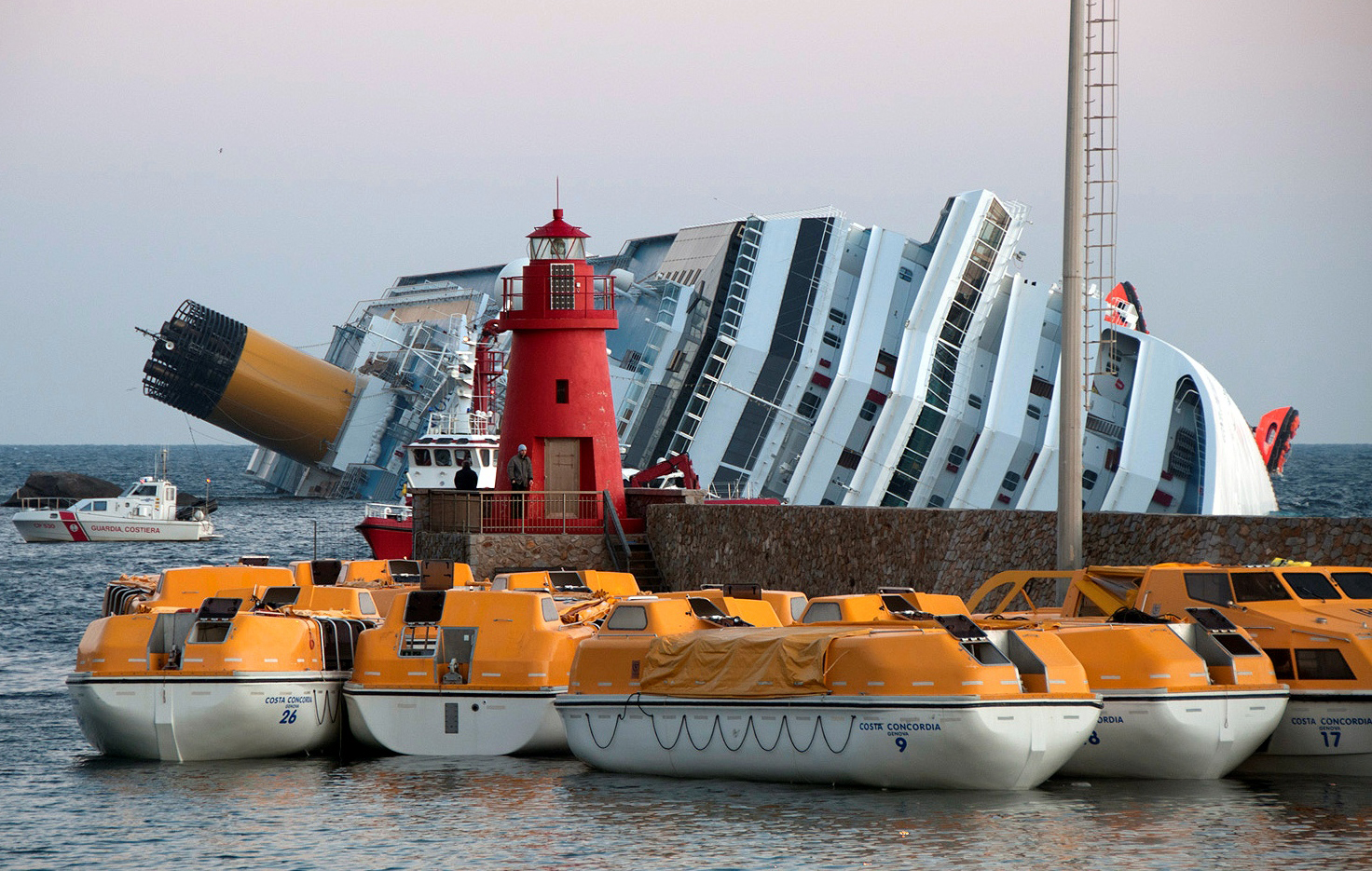
On 13 January 2012, the Italian cruise ship Costa Concordia ran aground, capsized, and later sank in shallow waters after striking an underwater rock off Isola del Giglio, Tuscany, resulting in 32 deaths. The eight-year-old Costa Cruises vessel was on the first leg of a cruise around the Mediterranean Sea when she deviated from her planned route at Isola del Giglio, sailed closer to the island, and struck a rock formation on the sea floor. Although a six-hour rescue effort brought most of the passengers ashore, 33 people died – 27 passengers, five crew, and later, one member of the salvage-team.
Every port is different. Even an experienced ship captain does not know the unique characteristics of every port. They require a port-based pilot to motor out to the ship, climb aboard, take charge, and safely berth the ship. The pilot is there to advise the ship’s officers regarding conditions in the port — tides, currents, the location of sand bars, rocks not visible under the water, changes in the ship channel etc. In addition to providing local knowledge, the pilot has other uses. They are responsible for steering ships in and out of berths, through hazardous conditions, and boat traffic.
The first video below shows how a harbor pilot (and co-pilot in this case) board a cruise ship while it is heading towards a port. The second video shows how a Cruise Ship Captain always waits for the Port Pilot, to bring the ship into its berth. The captain never tries it alone.
- Pilot Transfer aboard the Endeavour to the cruise ship Oosterdam
- Why It Is So Risky Docking a Ship in This Jamaican Port
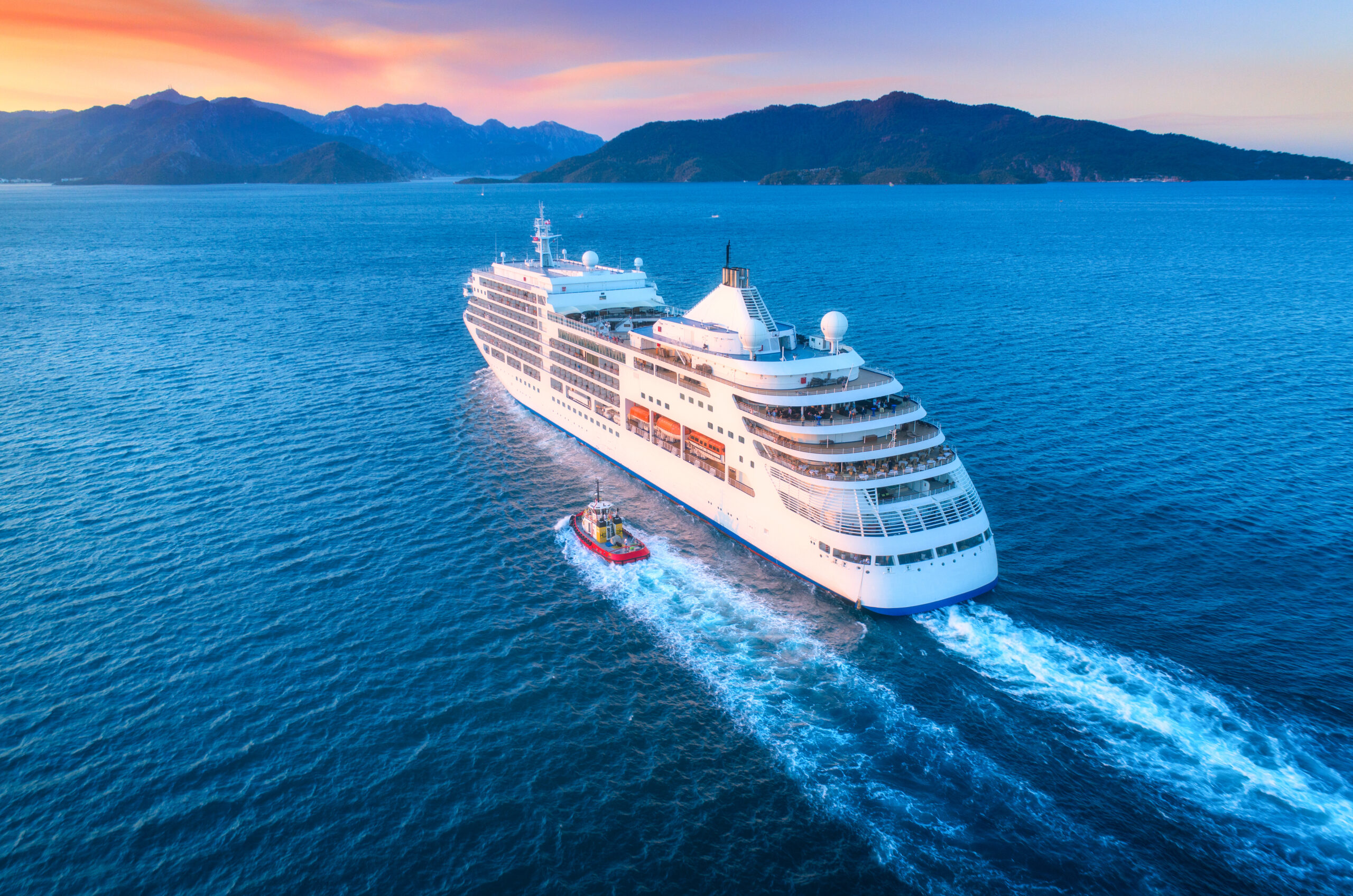
Pilot boat alongside of cruise ship, getting ready to board.
So, what does this have to do with recruiting? Read on.
Just as a 6-year-old (or for that matter, any adult not trained) can steer, or turn a big cruise ship when it is on the open sea, so too, can just about anyone find a resume from LinkedIn or a Job Board like Indeed. It does not require any special skill or experience.
The key is not in finding the resume, the key is getting the person “on board” at a different company. That is what takes experience and skill. An employer with a do-it-yourself attitude in hiring candidates can lose a top candidate just as a frightened bird will fly away if it sees you coming toward it. There are just way too many things that can go wrong when an unskilled employer tries it alone, just like the captain of the ship, who tries to dock his huge ship in a tight berth, or who navigates to close to rocks (see Costa Concordia above).
Keep in mind that just posting an ad on a Job Board will garner resumes from active candidates. However, passive candidates (99.9% of the time being superior to active candidates) do not answer job postings, nor are they calling recruiters or headhunters asking for help in getting a new job. These passive candidates MUST be RECRUITED and MUST be handled differently than APPLICANTS (active candidates). The difference is like night and day – see a previous blog post The Candidate Pool – Active vs. Passive Candidates.
An unskilled and inexperienced hiring manager can literally frighten a candidate away by talking too much, or not talking enough; by not listening to the candidate; by interrogating a candidate during an interview; by not providing an outstanding candidate experience before, during and after the interview; by not getting to the root of what gets a candidate motivated to consider a change and showing him/her that what he/she desires is at this other company; by dragging his/her feet in not getting back to a top candidate in a timely manner, or worse, keeping the candidate in the dark for an extended period of time; by having too many interviews with too many people; by having multiple panel interviews; by inconveniencing a candidate and asking him/her to come back 3 and 4 times to interview as many different people on different days (when having the candidate meet everyone in 1 day could have been arranged); by telling a candidate he/she is the top candidate they’ve seen, but that the employer has other candidates to interview; by subjecting recruited candidates to testing for leadership, salesmanship, or personality; and in general, treating passive (recruited) candidates as active applicants seeking a new job. In other words, the employer could steer the “ship” into the rocks and destroy it.
Recruiters, headhunters, and executive search consultants act like “Port Pilots” advising, guiding, directing, and steering the hiring manager away from the obstacles and pitfalls (like those above) in the hiring process. At Best Sales Talent we have over 44 years of expertise doing just that. We conduct the hiring practice efficiently and at a lower cost than do-it-yourself hiring, that sometimes needs to be repeated, driving up the real costs (including soft dollar costs).
Along these lines, see Poor Hiring Practices Spells Negative PR for Companies and also Why Recruiters Are Worth What They Charge.
Let a professional recruiter “pilot” your process to get an outstanding candidate “on board.”
[ Special thanks to Remus Klimaski, formerly of Sales Consultants of Summit, NJ ]
——————————————————————-
UPDATE TO THIS BLOG POST
Meet the harbor pilots who make $434,000 a year, face high fatality rates, and are responsible for guiding hulking cargo ships into ports
- Harbor pilots are the highest paid city employees, but face a one in 20 chance of dying on the job.
- The local pilots bring a ship in from miles out at sea to within inches of the port’s pier.
- Christopher Mims breaks down how packages arrive at your door within a matter of days in his new book, “Arriving Today.”
Harbor pilots have one of the highest paid — but simultaneously riskiest — jobs in the transportation industry.
The average harbor pilot at the Port of Los Angeles makes $434,000 a year, but also faces a one in 20 chance of dying on the job, according to a new book out Tuesday from The Wall Street Journal’s Christopher Mims. The book, “Arriving Today: From Factory to Front Door — Why Everything Has Changed About How and What We Buy,” breaks down the complicated dance that brings a shipment from Asia to US buyers in a matter of days.
Harbor pilots are some of the highest-paid municipal employees and represent a crucial part of a shipment’s journey. Any cargo ship looking to come into a port must pay local pilots to safely bring the ship into dock. The role is highly risky as the pilots face dangers of being run over by a massive cargo ship, pitched overboard in rough waters, or slammed between two boats.
“Despite happening a thousand times a day all across the globe, despite myriad safety precautions, if you’re a harbor pilot, doing your job can kill you,” Mims writes.
The job is also incredibly high stakes and requires hyper-specialized skills. The pilot is responsible for vessels that can weigh over 200,000 tonnes and can be worth over $100 million. A harbor pilot brings a ship in from miles out at sea to within mere inches of its unloading spot alongside the pier.
The harbor pilot first approaches the massive skyscraper-sized cargo ship from a 55-foot long speedboat, according to Mims, who described how LA port harbor pilot Captain John Betz maneuvered the Netherlands, a Chinese-owned ship from Cosco Shipping Lines. From the speedboat, the pilot must climb a rope ladder onto the freighter — often while both boats are pitching in opposite directions. The move represents one of the most dangerous moments during the entire process.
“I’ve been chased up the ladder by the boat,” Craig Flinn, another harbor pilot, tells Mims. “The percentage of survival is minimal if you go in the water in heavy seas, even with a life vest,” he said.
Once aboard the freighter, Mims explains the pilot is given a sheet detailing every little element of the ship and the obstacles it faces on its course into port. Without touching a single control on the ship, Betz directs every movement of the Netherlands via verbal commands to the crew by using his iPad, a combination of GPS and navigational beacons, the ship’s on-board automated system, as well as his own judgement. The pilot also directs the crew operating the tugboats that attach to each side of the ship as it comes into the port.
Once the vessel is close enough, the freighter is maneuvered predominantly using its residual momentum and the slow pull of the tugboats.
Mims calls the final steps of turning the hulking ship into its spot on the pier “the equivalent of a stunt driver parallel parking a car in a spot that’s just long enough for it, after coming in at high speed, throwing over the wheel, and skidding sideways to within an inch of the curb, tires smoking.”
Harbor pilots are more important today than ever before as supply-chain snags foster shipping container shortages and delays. In the ports of Los Angeles and Long Beach, pilots like Beltz and Flinn face record backlogs of ships. On Monday, the locations had 140 ships in port, including 56 waiting off-shore to dock.

